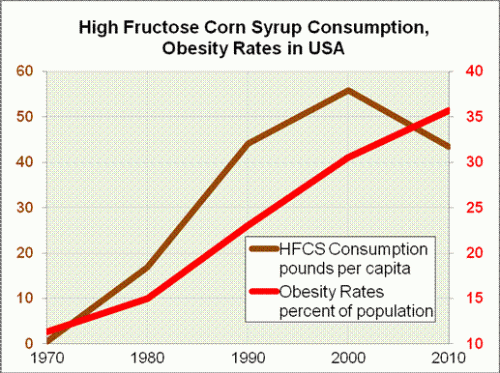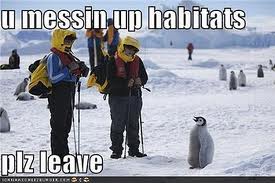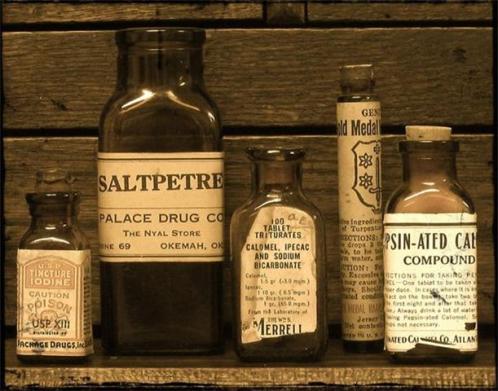As a parent there is one battle you’ll never win.
Eat your veges!
I had a pet hate when I was a kid, eat a bean, not on your life, but I loved peas. My brother was the opposite; he’d eat beans, but touch a pea, not until Hell froze over.
But now I eat beans, in fact, I had French beans just last night. I don’t know about my brother, if he now eats peas or not.
But for my mother it was pure torment.
Here’s an interesting article:
Don’t make children eat their greens
It’s the age-old family dilemma. And guess what, parents? It isn’t worth the bother

Tim and Ruby Lott. Photograph: Pål Hansen for Observer Food Monthly
One day, when my daughter, Ruby, was about 10 years old, I had a colossal argument with her about a pea. We were in Ikea in Brent Cross, north London. We had ordered lunch in the Ikea restaurant. It involved something and peas.
I had struggled to get Ruby to “eat normally” for as long as I could remember. She refused a wide variety of foods – most fruits, and most particularly any kind of green vegetable. On this day, I’d just had enough.
I was determined to make Ruby eat just one pea. Just one. It could be smothered in tomato ketchup. It could be dipped in honey. I just wanted her to eat… the… fucking… pea.
We spent half an hour discussing, arguing about and reasoning over that pea. I offered an absurd array of rewards. I don’t remember what they were, but they were princely. Whatever she wanted she could have. If she would just eat that pea. Then I began to threaten punishments. She could see she had made me angry, and it was obvious I was going to get even angrier if she didn’t Eat the Pea.
But she still wouldn’t eat the pea. And she hasn’t eaten one since.
After the Battle of the Pea, I reached a watershed. I became a lot less fussed about what Ruby ate. I don’t know if it made any difference. I don’t recall any marked immediate improvement in her eating behaviour. But I suspect that my defeat was a good thing.
Now she is 20, she has a very healthy attitude to food. She doesn’t worry about it. She loves steak tartare. She craves sushi and sashimi, she eats fruit, she’ll try most things. She has no body issues and no food issues that I can see. She has glowing skin and hair, and is a healthy weight.
She still doesn’t eat peas. Or any other kind of green vegetable, including salad. Her explanation is straightforward: “They don’t taste good.”
They don’t. But then, why do we spend so much time trying to get our children to eat them? And is it really, in the end, worth the candle?
My suspicion is that all the effort, care and concern that many families expend to get their children to “eat healthy”, may have no effect, or a bad effect. We worry too much, and this worry has as much to do with social shame, social display and a need for control as it does with healthy eating.
We don’t want our children to end up living on convenience foods, snacks and chips – partly because it is bad for them, but more pressingly, because it is bad for us. Because it is embarrassing.
Around the time of the Pea Incident, I had taken Ruby and her sister Cissy to a fancy French hotel in Mauritius. One night a week, they offered an amazing buffet. I sent the girls off to graze among the 50 or so amazingly varied and delicious platters of French and Asian food and charcuterie.
They came back with chips, white bread and a bit of chicken. That time I wasn’t even furious. I was just ashamed. What was wrong with these kids that amid all this wonderful plenty, they opted for the crappiest dishes on the menu? I just thought they must be horribly spoilt.

Ruby aged 7 and Cissy Lott aged 5. Photograph: Tim Lott
Perhaps this was unfair of me. But I do think many parents would feel the same. Yet it was just a meal. Why was I so upset? Perhaps the need for our children to eat healthy food is just a mask for a number of other anxieties. We want to fit in with our neighbours. We want to be able to make the correct social signals to our peer group – “I am a good middle-class person, because my children eat a varied diet and healthy food”. We are terrified our children might be overweight, which is now as much a social marker as a predictor of poor health.
Nutritional science, however, is inexact. Why did Ruby grow up with clear skin, shining hair and a healthy attitude to food despite eating very little fruit and no green vegetables and a relatively limited diet through most of her childhood?
The human body is more complex and adaptable than we realise. The Kitava tribe of Papua New Guinea subsist on a diet that mainly consists of sweet potato, coconut and some fish. They are healthy, have good skin, strong teeth and suffer from virtually none of all the “diseases of civilisation”. They don’t eat any green vegetables.
Greens are not a must-have. Nutrients found in green vegetables can easily be found elsewhere. “The human body is very clever and can adapt over generations. It can use what resources it has available,” says Charlotte Stirling-Reed of the Nutrition Society, an independent organisation that promotes and disseminates nutritional science. “If you still eat a wide variety of different foods you will get those nutrients elsewhere.
“Most of the vitamins and nutrients in green vegetables can easily be found from other sources – in meat and fish and lentils and beans, in other fruit and vegetables. As long as you are getting variety and the right amount of food every day you will be OK.
“Everybody is individual and very different. If Ruby is eating well, every day, mainly healthy foods, she will be thriving. The anxieties and concerns and worries of the parents can rub off on their children and cause fussy eating. That’s very common.”
The psychotherapist Susie Orbach, author of Fat Is a Feminist Issue, makes a similar point about adults getting over-anxious about food and sees parental anxiety as a major contributor to disordered eating. I told her that I used to get particularly upset if I spent a lot of time and effort preparing my children’s food and they rejected it.
She sees such anxiety as centring on issues of control and rejection of the offerer of the food rather than the food itself. In other words, you’re not getting upset when your child won’t eat because it’s not healthy. It’s because you perceive the child as rejecting your love. And the whole framing of the issue around health and nutrition – food as “medicine” – is misguided.

Read more
Yes, it’s a dilemma faced by all parents. But don’t stop here, read more of this fascinating story
 Here we go again!
Here we go again!

 The governments won’t do anything about HFCS, because they’d be fighting giant corporations who pay millions for the ‘right’ politicians to be elected.
The governments won’t do anything about HFCS, because they’d be fighting giant corporations who pay millions for the ‘right’ politicians to be elected.








 While independent research shows that Chlorpyrifos, a Dow Chemical insecticide used in Kaua‘i’s
While independent research shows that Chlorpyrifos, a Dow Chemical insecticide used in Kaua‘i’s 




































Recent Comments